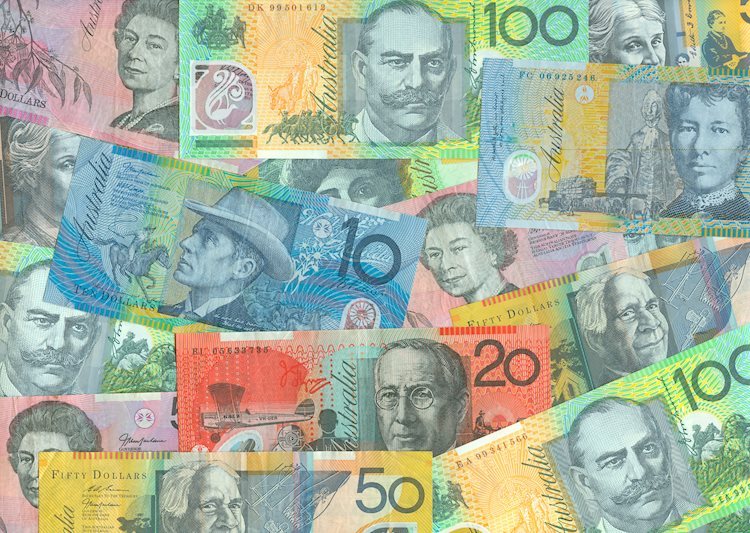The Australian Dollar (AUD) remains weak after the release of mixed inflation data from Australia, with concerns growing about the Australian economy’s outlook. Despite a slightly softer outlook from China putting pressure on the Australian economy, the Reserve Bank of Australia’s (RBA) reluctance to implement rate cuts due to high inflation levels could potentially support the Aussie in the near term.
Inflation pressures in Australia remain high, leading the RBA to hold off on rate cuts. The RBA is predicted to be among the last of the G10 countries to introduce a rate cut, which could help limit further downside pressure on the Aussie currency. The high inflation rate in Australia is well above the 2-3% target range, prompting the RBA to maintain a cautious approach to policy changes, with the swaps market indicating a potential rate cut not coming until next summer.
The market sentiment remains ‘risk-off’ as concerns about a slowdown in the Chinese economy continue to impact Australia’s economic stance. Investors are closely monitoring the recent Consumer Price Index (CPI) figures released by the Australian Bureau of Statistics (ABS), with the Q2 headline CPI showing a 1.0% increase QoQ and a rise to 3.8% YoY from the previous 3.6%. Despite the high inflation levels, the RBA is expected to remain patient with policy changes, with the swaps market forecasting a rate cut not until next summer.
The Federal Reserve (Fed) decision to maintain the federal funds rate and remarks from Fed Chair Jerome Powell have also influenced the market sentiment. The Fed cited moderate job gains and elevated inflation levels, but remained cautious about embracing rate cuts until further data is available. The positive market reaction following the Fed’s decision has seen increases in gold and stocks, as well as a weaker US Dollar. Future decisions will likely be based on key economic data like jobless claims and nonfarm payrolls.
From a technical analysis perspective, the AUD/USD pair remains bearish, with sustained trading below key moving averages confirming the negative outlook. However, an oversold condition could prompt a correction in the near term, with key support levels at 0.6530 and 0.6500, and resistance levels at 0.6600, 0.6610, and 0.6630. Weak bullish momentum may lead to a sideways trading pattern unless significant fundamental developments occur.
In conclusion, the Australian Dollar’s performance continues to be influenced by inflation data, the RBA’s cautious stance on rate cuts, and global market sentiment related to the Chinese economy and the Fed’s decisions. While the Aussie remains weak, the RBA’s position on policy changes and the divergences between the RBA and Fed could potentially provide some support for the Australian Dollar in the near term. Investors will continue to monitor key economic indicators and central bank decisions to gauge the future direction of the AUD/USD pair.











